What’s the Buzz
The Bee Healthy Blog
Tips to Avoid Side Effects When Having Blood Drawn

Blood tests can provide a lot of information about your health to a medical professional. Most people have blood work done several times in their lifetime. Some commonly done blood tests include blood sugar, cholesterol, and CBC (complete blood count). But blood tests require a venipuncture (blood draw), which can be an unpleasant experience for many. Here are some tips to avoid side effects when providing a blood sample to laboratory personnel or giving blood during a blood donation.
How to prepare for a blood draw?
The following tips can make the process easier and ensure you have a good experience when having your blood drawn:
- Drink plenty of water and stay well hydrated before your blood tests. This helps to increase the amount of blood volume and makes your veins easier for phlebotomists (people who perform blood draws) to find.
- Have a light meal before your blood draw. Eat foods rich in protein and carbohydrates. This will prevent you from feeling light-headed.
- Wear a short-sleeved shirt and layer up if needed. This will ensure your arm veins are accessible for drawing blood. Blood is usually drawn from a vein in the arm (elbow). Being cold can make veins harder to find.
- Check with your healthcare provider if you need to stop taking aspirin or blood thinners before they draw blood.
How do you not get sick when getting blood drawn?
Here are some tips to not get sick or nervous and stay calm during a blood draw:
- Take a family member with you for moral support.
- Focus on your breathing and take deep breaths. This will help to reduce anxiety and naturally relax you.
- If the sight of your own blood makes you queasy, look away.
- Engage in conversation with the person performing the lab test, listen to music, or slowly count up to a number to distract your mind.
- If you find needle pricks very painful, ask your healthcare provider if they can use local anesthetic (numbing creams) to reduce discomfort.
What are the side effects of blood draws?
Most people have blood drawn for a blood test without any side effects. However, occasionally, you may experience the following signs and symptoms:
Pain
When blood is drawn, it’s common to feel a slight pinch at the site of needle insertion. This is usually a minor discomfort that goes away once the needle and syringe are docked in the vein. The pain can be more if the person drawing blood needs to make multiple attempts to find a suitable vein. This can happen in people who have thin veins or low blood pressure. Make sure to stay warm because being cold can make it harder to find your veins. Contact your doctor if you experience worsening pain, swelling, redness, or inflammation at the needle insertion site after your blood tests.
Bruising
A small bruise commonly forms on the skin at the site of a venipuncture or blood draw. This can be upsetting and unsightly, but it is normal and typically fades over a few days. Contact your doctor if your hand becomes discolored or you develop numbness, tingling, stiffness, weakness, or worsening pain in the arm where you had the blood drawn.
Lightheadedness
Many people feel faint, lightheaded, dizzy, or nauseous after a blood test, even more so after a blood donation. This occurs due to a temporary lowering of blood pressure. If you have had this happen after previous blood draws, explain to the person taking blood that you are prone to feeling faint. After the procedure, lie or sit down with your head between your knees. Eat a light snack and drink water or juice. You should feel better in a couple of hours. Do not drive if you’re feeling lightheaded after a blood draw procedure.
How to stop blood flow from a venipuncture wound?
It is normal for a small amount of blood to leak from the site of the venipuncture (blood draw). The blood flow usually stops within a few minutes. Here’s what you should do to ensure the wound heals well after a blood test:
- Place gentle pressure on the bandage for 3-5 minutes after your blood draw.
- Ask the person drawing blood how long to keep the bandage on. It is usually 4-6 hours but could take longer if you take blood thinners. Call your healthcare provider if you continue bleeding after 4-6 hours or experience worsening pain and swelling.
- Use an ice pack on the area for 15-20 minutes at a time, several times during the first 24 hours. This can help to reduce pain, soreness, and bruising.
- Eat energy-boosting foods like nuts, cheese, and crackers, or granola bars.
- Increase your intake of iron-rich foods like leafy green vegetables to replace iron lost during blood work.
- Avoid vigorous exercise or heavy lifting after a blood test as this can increase blood flow to the area and cause bleeding from the needle puncture site.
- Avoid taking aspirin or ibuprofen for the next 72 hours. Ask your doctor if you should continue your blood thinner medication before and after a lab test.
References:

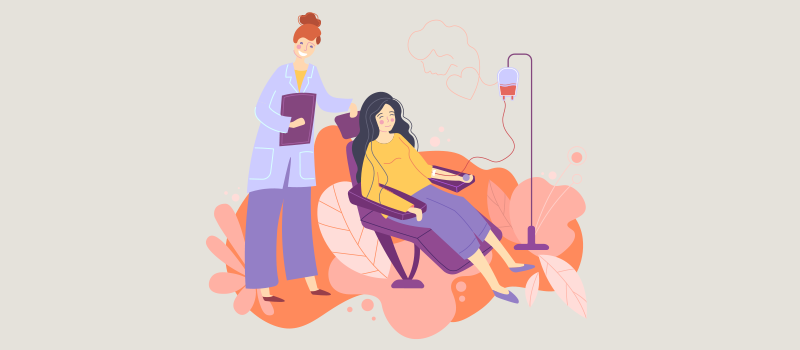

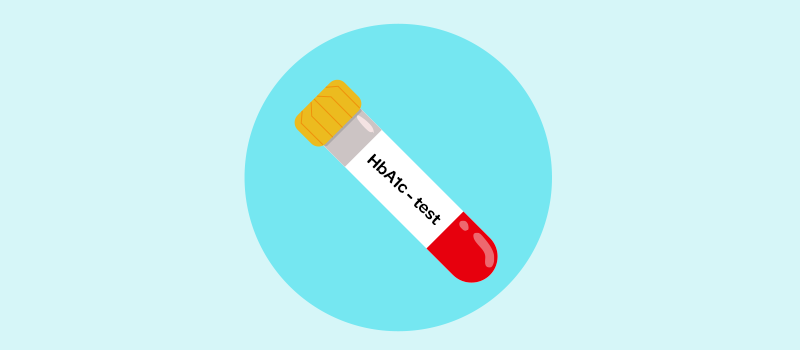


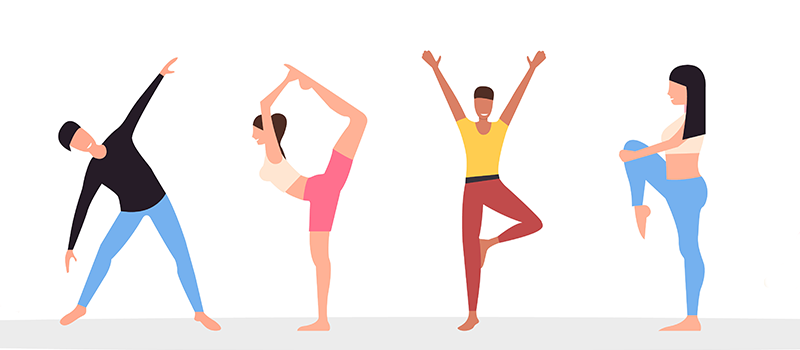


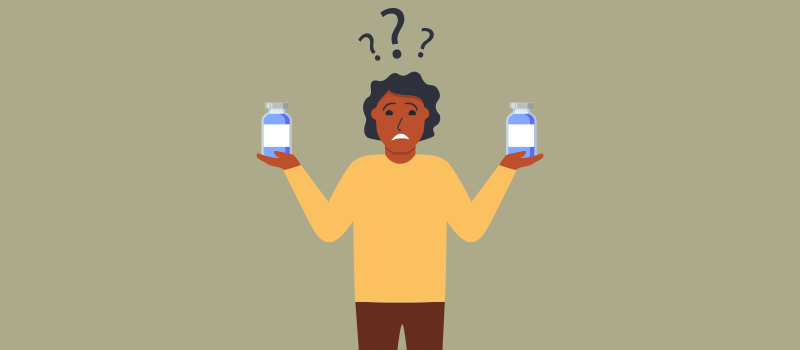

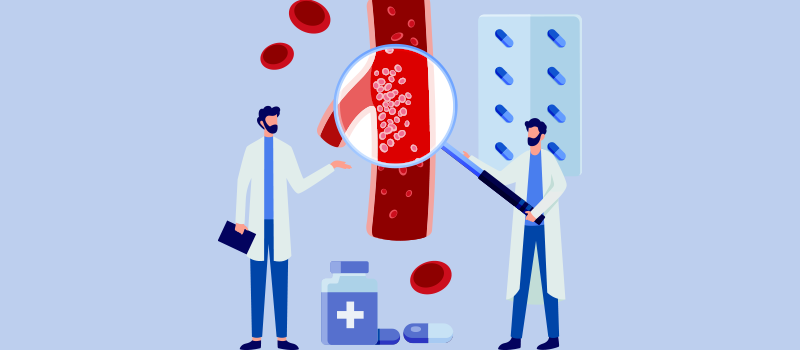
SOCIAL